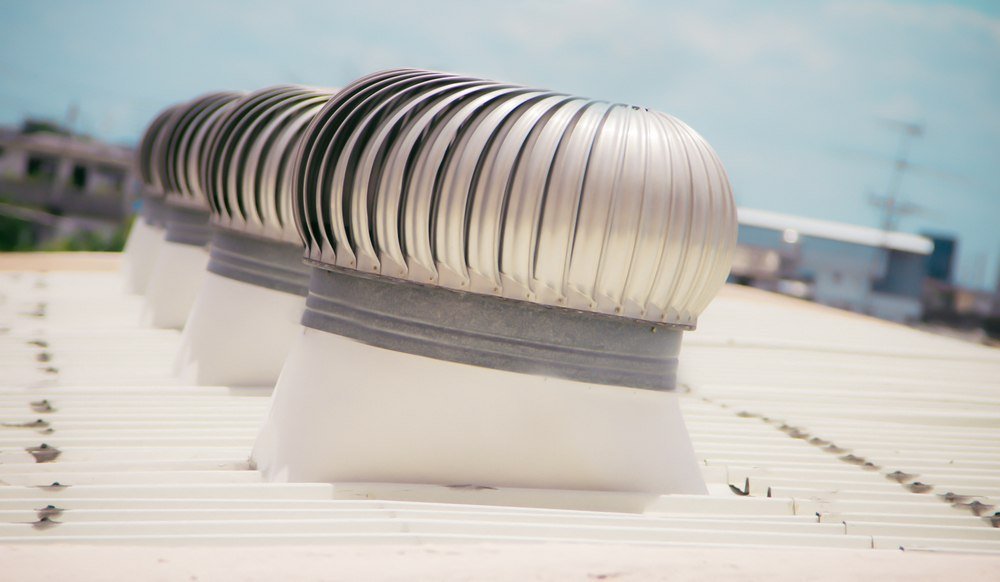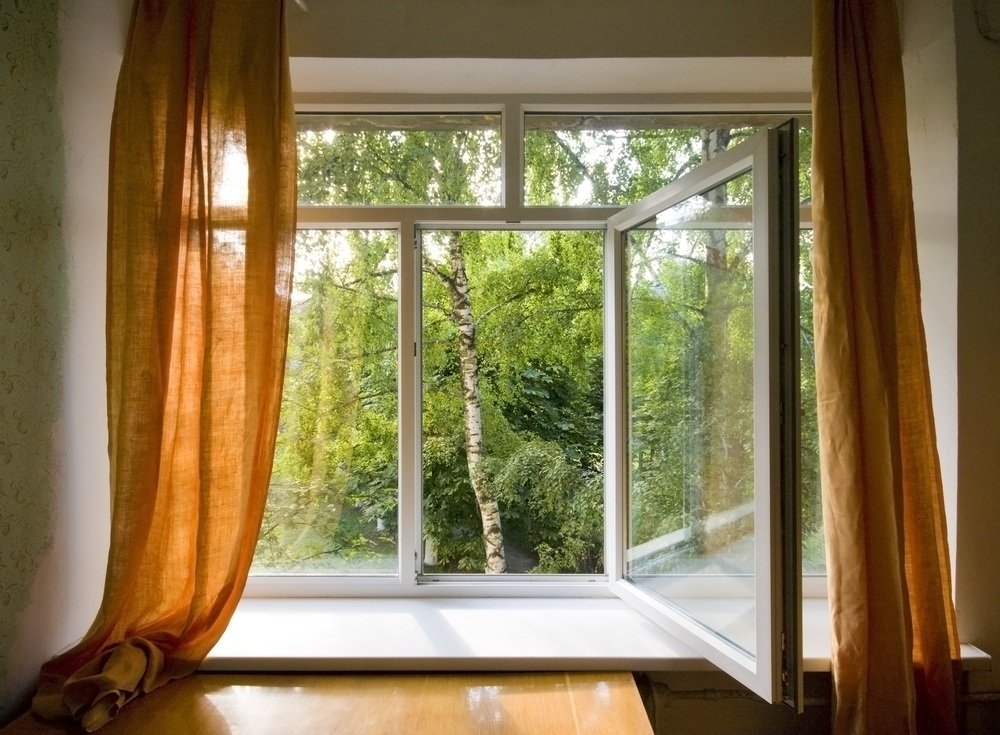How To Make Your VENTILATION Energy Efficient
 Making energy efficient changes in your home doesn’t have to be an overwhelming task, it can become much more manageable when you break it into smaller parts. Start with your ventilation system and make these energy efficient upgrades:
Making energy efficient changes in your home doesn’t have to be an overwhelming task, it can become much more manageable when you break it into smaller parts. Start with your ventilation system and make these energy efficient upgrades:
Make These Simple Switches
Use natural ventilation.
Do you live in an area where the weather cools down to a comfortable temperature at night? If so, consider switching to natural ventilation instead of relying on the heating and cooling system in your home. Keep windows slightly open to allow the warm air out of your home and the cool air to flow inward. The natural ventilation will not only save you energy by giving your HVAC unit a rest, but it can also feel more comfortable and restore natural light!
Change the filters.
Many homeowners allow their ventilation filters to go months without a cleaning, however in an effort to become more energy efficient, pledge to make the switch on a monthly basis. The dirtier a filter is, the harder it is for your ventilation system to work properly, causing it to waste energy and increase your utility bills. On top of it being more expensive, it can also lead to serious health issues since dirty filters affect the quality of your air, too.

Stop These Bad Habits
Avoid heat build up.
Reduce the need for your ventilation system in your home by avoiding heat build up in the first place. In hotter months, try not to use the oven or stove in your home and instead focus on making cooler meals such as salads or cold sandwiches, or using the grill outdoors. To keep heat from getting into your home, pull the drapes shut when the sun’s rays are at their peak. Anything that you can do to avoid heat from building up inside the home will help you reduce the energy your ventilation system consumes.
Use the bathroom fan.
Have you ever wondered what that noisy bathroom fan is really for? The main purpose of these fans is to act as a spot ventilator by sucking up the heat and moisture that lingers in the air after a warm shower or bath. However, many homeowners never flip the switch to turn the bathroom fans on, allowing the moisture and heat to accumulate in the bathroom. Be sure to remember to turn the bathroom fan on, since spot ventilators like these can increase the overall efficiency of your home’s ventilation.
Tackle These Projects
Reduce air leaks.
Although many people used to rely on air leaks to provide ventilation in the home, the U.S. Department of Energy now recommends that homeowners seal air leaks and instead turn to controlled ventilation systems. Why? These uncontrolled air leaks can actually lead to an increase in moisture in the home, especially in warm, humid climates. When moisture builds up, your ventilation system has to work overtime to do its job and maintain the cool temperature. Look for air leaks around your windows and doors, and then either caulk or apply weatherstripping to prevent the flow of air.
Upgrade your system.
If you’re interested in changing the entire ventilation system in your home, consider choosing an energy recovery ventilation system, which works to minimize energy losses. How? In the winter, your heater will work to warm up the interior of your home. As it does, these ventilation systems take the warm air from inside the home and use it to heat up the supply of fresh, cold air that the heater is about to release. Of all whole house ventilation systems, this is the best choice in terms of energy efficiency.
With these simple tips, you’ll be well on your way to a more energy efficient home! Now, it may be time to upgrade your attic, windows, or doors to make every area of your home energy efficient.


